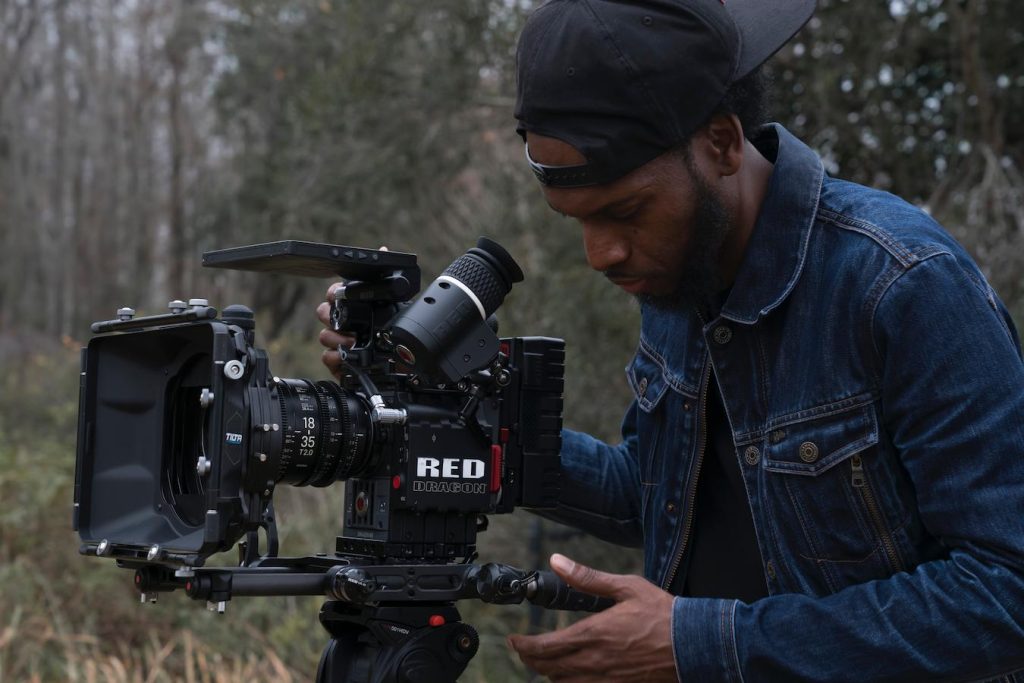The indie film renaissance represents a vibrant period in the film industry where independent cinema has gained unprecedented prominence and influence. This resurgence is marked by a renewed appreciation for creative storytelling, innovative filmmaking, and diverse voices. This article explores the factors driving the indie film renaissance, its impact on the industry, and notable examples that exemplify this movement.

Factors Driving the Indie Film Renaissance
- Digital Technology: Advances in digital technology have democratized filmmaking, making high-quality production more accessible to independent filmmakers. Affordable cameras, editing software, and distribution platforms have lowered the barriers to entry, allowing more creators to bring their visions to life.
- Streaming Platforms: The rise of streaming services like Netflix, Amazon Prime Video, and Hulu has provided indie films with greater visibility and access to global audiences. These platforms have become crucial for distributing independent films that might not find space in traditional theaters.
- Crowdfunding: Platforms like Kickstarter and Indiegogo have enabled filmmakers to secure funding directly from audiences. Crowdfunding not only provides financial support but also helps build a community of supporters and fans before the film is even released.
- Festival Circuit: Film festivals such as Sundance, Cannes, and Tribeca continue to be vital venues for indie films. These festivals offer a platform for showcasing innovative and unconventional works, attracting industry attention and critical acclaim.
- Cultural Shifts: There has been a growing demand for diverse and inclusive storytelling. Independent filmmakers often lead the way in exploring underrepresented perspectives and tackling social issues, resonating with audiences seeking more authentic and varied narratives.
- DIY Ethos: The indie film community is characterized by a do-it-yourself (DIY) mentality. Filmmakers often take on multiple roles, from directing and writing to producing and editing, to bring their projects to fruition without the constraints of traditional studio systems.
- Collaborative Networks: Independent filmmakers frequently collaborate with other creatives, including actors, writers, and musicians, to create unique and innovative films. These networks foster a spirit of experimentation and creativity that drives the indie film renaissance.
Impact on the Film Industry
- Innovation in Storytelling: The indie film renaissance has brought fresh and experimental storytelling techniques to the forefront. Independent filmmakers are known for pushing the boundaries of conventional narratives and exploring unconventional themes.
- Example: “Hereditary” (2018), directed by Ari Aster, is a standout example of innovative horror storytelling, blending psychological depth with supernatural elements.
- Diverse Voices and Perspectives: Indie films often provide a platform for voices and stories that are underrepresented in mainstream cinema. This diversity enriches the film industry and offers audiences a broader range of experiences.
- Example: “Moonlight” (2016), directed by Barry Jenkins, provides a powerful exploration of African American identity and sexuality, earning widespread acclaim for its authentic portrayal.
- Challenges to Traditional Studios: Independent films often challenge the norms and conventions of traditional studio filmmaking. They introduce alternative narratives and approaches that can influence mainstream cinema.
- Example: “The Blair Witch Project” (1999) revolutionized the horror genre with its found-footage style, demonstrating the potential of low-budget filmmaking to achieve significant cultural impact.
- Emergence of New Talent: The indie film renaissance has provided a platform for emerging filmmakers to showcase their talent and gain recognition. Many successful filmmakers have started their careers in the indie film scene.
- Example: Greta Gerwig’s “Lady Bird” (2017) marked a significant milestone in her career, showcasing her talent as both a director and writer after her earlier work in independent cinema.
- New Distribution Models: The rise of digital distribution and streaming services has altered how indie films reach audiences. Filmmakers can now bypass traditional distribution channels and connect directly with viewers.
- Example: “Beasts of No Nation” (2015), directed by Cary Joji Fukunaga, was released on Netflix, demonstrating the power of streaming platforms to bring indie films to a global audience.
- Increased Visibility for Niche Genres: Independent films often explore niche genres and unconventional subjects that might not be supported by mainstream studios. This allows for greater experimentation and creative freedom.
- Example: “The Lobster” (2015), directed by Yorgos Lanthimos, is a surreal dystopian film that explores themes of love and societal expectations in an unconventional manner.
- Focus on Artistic Vision: Indie filmmakers prioritize artistic vision and personal expression over commercial considerations. This focus on creative integrity has led to the creation of thought-provoking and original works.
- Example: “Parasite” (2019), directed by Bong Joon-ho, combines social satire with dark comedy, showcasing a unique and compelling artistic vision that resonated with audiences worldwide.

Notable Examples of the Indie Film Renaissance
- “The Florida Project” (2017): Directed by Sean Baker, this film offers a poignant portrayal of childhood and poverty in America, utilizing a naturalistic style and non-professional actors to achieve authenticity.
- “Lady Bird” (2017): Directed by Greta Gerwig, this coming-of-age film received critical acclaim for its nuanced storytelling and relatable depiction of adolescent experiences and family dynamics.
- “A24 Films”: A24 is an independent film company known for its diverse and innovative slate of films, including “Moonlight,” “Hereditary,” and “The Lighthouse,” which have contributed significantly to the indie film renaissance.
- “The Witch” (2015): Directed by Robert Eggers, this horror film draws on historical accuracy and folklore to create a chilling and immersive experience, demonstrating the potential of indie films to redefine genre conventions.
- “Columbus” (2017): Directed by Kogonada, this film is celebrated for its meditative approach and striking visual style, reflecting the growing appreciation for indie films that prioritize artistic expression.
- “Capernaum” (2018): Directed by Nadine Labaki, this Lebanese film explores themes of poverty and child exploitation, earning international recognition for its emotional depth and social commentary.
- “Blue Valentine” (2010): Directed by Derek Cianfrance, this intimate drama explores the complexities of a relationship with raw and realistic performances, showcasing the impact of indie cinema on exploring human emotions.

Conclusion
The indie film renaissance represents a transformative period in the film industry, characterized by a renewed focus on creativity, diversity, and innovation. Independent filmmakers are pushing the boundaries of storytelling, challenging traditional conventions, and providing audiences with a rich and varied cinematic experience. As digital technology, streaming platforms, and crowdfunding continue to evolve, the indie film movement is likely to grow even stronger, further shaping the future of cinema and enriching the global film landscape.


